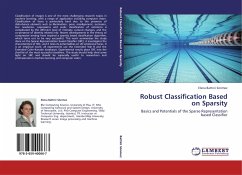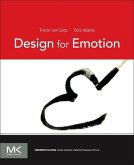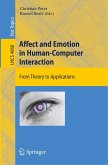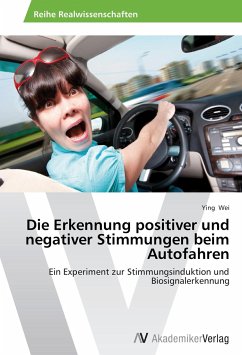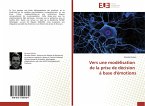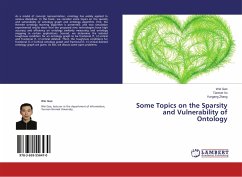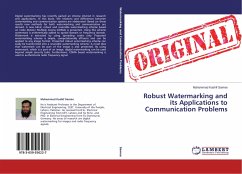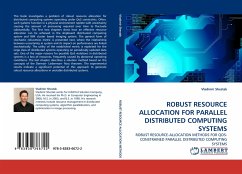Classification of images is one of the most challenging research topics in machine learning, with a range of application including computer vision. Classification of faces is particularly hard due to the presence of disturbance elements such as illumination, pose, misalignment, occlusion, low resolution, expressions and scale; classification of emotions is complicated by the different level of intensity, cultural changes, and the co-presence of identity related info. Recent developments in the theory of compressive sensing have inspired a sparsity based classification algorithm, which turns out to be very successful. This work summarizes the study done on the Sparse Representation based Classifier (SRC), it investigates the characteristics of SRC, and it tests its potentialities on 2D emotional faces. It is an empirical work; all experiments use the Extended Yale B and the Extended Cohn-Kanade databases. Experimental results place SRC into the shortlist of the most successful classifiers. This study should help shed some light on SRC and should be especially useful to researchers and professionals in machine learning and computer vision.
Bitte wählen Sie Ihr Anliegen aus.
Rechnungen
Retourenschein anfordern
Bestellstatus
Storno

